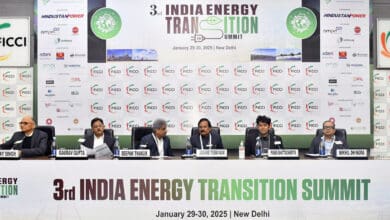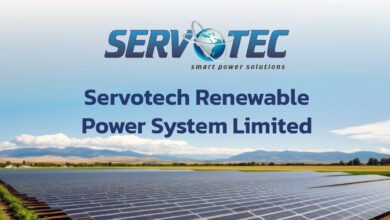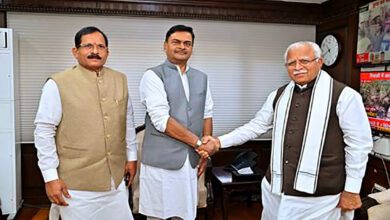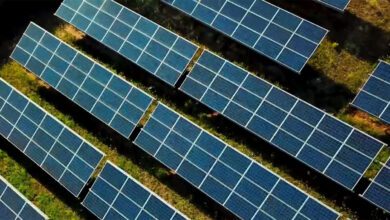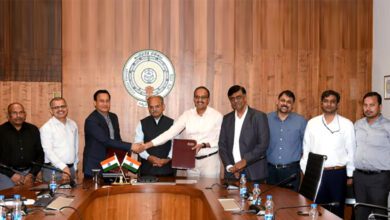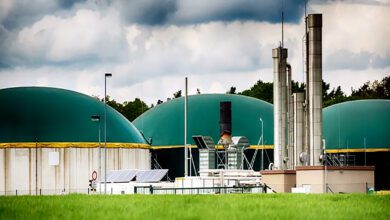In a move towards sustainable energy, the Union Minister for New & Renewable Energy and Power has disclosed the government’s ambitious target of achieving 500 gigawatts (GW) of installed capacity from non-fossil fuels by 2030. This commitment aligns with the Prime Minister’s announcement at COP-26 and reflects India’s dedication to combating climate change.
The government has actively promoted awareness about renewable energy through various schemes and extensive publicity campaigns in print and media. Among the ongoing major renewable energy schemes and programs, the “Scheme for Development of Solar Parks and Ultra-mega Solar Power Projects” stands out. With a target of setting up 40,000 MW capacity, this initiative expedites the development of utility-scale solar projects by providing essential infrastructure such as land, roads, power evacuation systems, and water facilities.
Another noteworthy endeavour is the “Central Public Sector Undertaking (CPSU) Scheme Phase-II,” also known as the Government Producer Scheme. This initiative focuses on establishing grid-connected Solar Photovoltaic (PV) Power Projects using domestically manufactured solar PV cells and modules. Viability Gap Funding (VGF) support is provided for self-use or use by government entities, including Distribution Companies (DISCOMS).
In the pursuit of manufacturing excellence, the government has introduced the “Production Linked Incentive scheme ‘National Programme on High Efficiency Solar PV Modules.'” This scheme aims to achieve Giga Watt (GW) scale manufacturing capacity in High Efficiency Solar PV modules, contributing significantly to the country’s renewable energy goals.
The “PM-KUSUM Scheme” has been implemented to promote small Grid Connected Solar Energy Power Plants, stand-alone solar-powered agricultural pumps, and the solarisation of existing grid-connected agricultural pumps. This initiative not only benefits farmers but also proves advantageous for states and DISCOMS by saving on subsidies and reducing transmission and distribution losses.
Under the “Rooftop Solar Programme Phase II,” subsidy support is extended to the residential sector, while performance-linked incentives are provided to DISCOMS for rooftop solar capacity addition above the baseline. Additionally, the “Green Energy Corridors (GEC)” have been established to create intra-state transmission systems for renewable energy projects. Central Financial Assistance (CFA) is granted for the setup of transmission infrastructure in ten states, spanning both phases of GEC.
The comprehensive “Bio-Energy Programme” includes Waste to Energy, Biomass, and Biogas initiatives, addressing urban, industrial, and agricultural wastes and residues. This multifaceted approach supports the manufacturing of briquettes and pellets, promotes biomass-based cogeneration in industries, and encourages the adoption of family-type biogas plants.
Furthermore, the government has placed a significant emphasis on research and technology development in the renewable energy sector through the “Renewable Energy Research and Technology Development (RE-RTD) Programme.” Complementing this, the “Human Resource Development Scheme” focuses on short-term training, skill development programs, fellowships, internships, and support for lab upgradation in the field of renewable energy.






